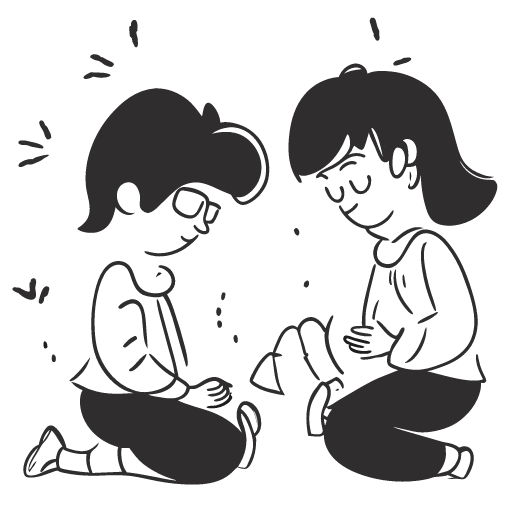Children can experience a wide range of traumatic events, including abuse, neglect, natural disasters, and community violence. The effects of trauma can be profound, influencing emotional, cognitive, and social development. In response, researchers and practitioners have explored innovative approaches to support children in their healing journey. This blog delves into the realms of trauma, trauma-informed expressive arts, and resiliency-based socio-emotional learning (SEL) for children, offering a research-oriented perspective on these promising interventions.
Childhood trauma is an adverse experience that overwhelms a child’s capacity to cope, potentially leading to long-term psychological and physiological consequences. These experiences can be categorized as “big T” traumas, such as abuse and violence, or “little T” traumas, including parental divorce or bullying. However, we have to remember that experiencing trauma could be subjective and understanding the complexity and diversity of traumatic experiences is vital when designing effective interventions.
Trauma-informed care is a paradigm shift that acknowledges the widespread prevalence of trauma and its profound impact on individuals, particularly children. It emphasizes the creation of safe, nurturing environments that foster trust, choice, and collaboration. Research underscores the importance of trauma-informed care in mitigating the harmful effects of trauma and promoting resilience in children.
Expressive arts therapy encompasses a spectrum of creative modalities, including visual arts, music, dance, drama, and play therapy. These modalities provide children with alternative avenues for self-expression, especially when traditional verbal communication may be challenging. Extensive research highlights the therapeutic benefits of expressive arts in trauma recovery, such as reduced symptoms of post-traumatic stress disorder (PTSD) and improved emotional regulation.
Trauma-informed expressive arts combines the principles of trauma-informed care with the therapeutic potential of creative arts modalities. This approach involves several key elements:
1. Creating a Safe Container: Central to trauma-informed expressive arts is the establishment of a safe and supportive environment. This setting encourages children to explore their emotions, thoughts, and memories without fear of judgment or re-traumatization.
2. Art as a Vehicle for Expression: Artistic expression offers children a means to communicate complex emotions and experiences that may elude verbal description. Researchers have noted the effectiveness of art therapy in facilitating the processing of traumatic memories.
3. Symbolism and Metaphor: Expressive arts often rely on symbolism and metaphor, allowing children to indirectly address trauma-related issues. This symbolic language enables children to distance themselves from the trauma, making it more manageable.
4. Empowerment and Choice: Trauma-informed expressive arts prioritize a child’s autonomy and empowerment. Children are encouraged to make choices about their creative processes, fostering a sense of control over their healing journey.
Socio-emotional learning (SEL) is an educational framework designed to equip children with the skills needed to recognize and manage emotions, establish positive relationships, and make responsible decisions. When infused with a resiliency-based approach, SEL becomes a potent tool for nurturing children’s capacity to rebound from adversity.
Research-Based Components of Resiliency-Based SEL:
1. Emotional Literacy: SEL programs teach children to identify and label emotions accurately. Studies have shown that enhanced emotional literacy is associated with improved emotional regulation and interpersonal skills.
2. Emotion Regulation: Research has demonstrated that children who receive SEL training exhibit enhanced emotion regulation capacities. This skill is pivotal in mitigating the detrimental effects of trauma.
3. Empathy Development: SEL interventions promote the development of empathy, a key factor in fostering supportive relationships and reducing the risk of social isolation.
4. Problem-Solving Skills: SEL equips children with problem-solving strategies, enabling them to navigate challenges and setbacks effectively.
5. Growth Mindset: Cultivating a growth mindset through SEL encourages children to view challenges as opportunities for growth and resilience building.
Childhood trauma is a complex issue with far-reaching consequences and the integration of trauma-informed expressive arts and resiliency-based SEL presents a promising path toward healing and resilience. These interventions, supported by extensive research, offer children opportunities for self-expression, emotional regulation, and skill development. By grounding our practices in evidence-based approaches, we can better equip children to overcome adversity and foster a brighter, more resilient future.







